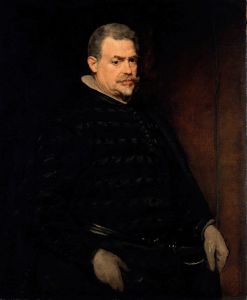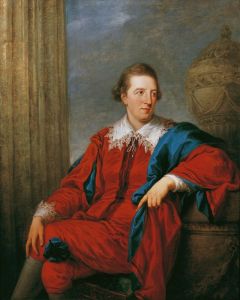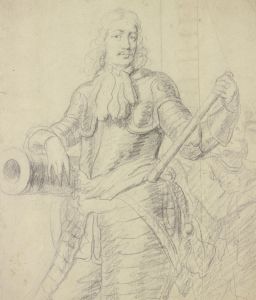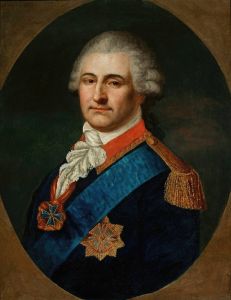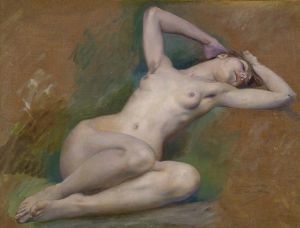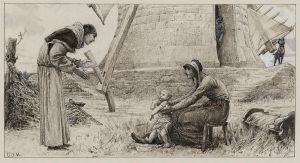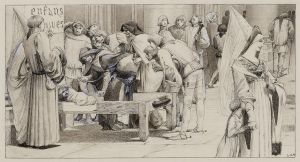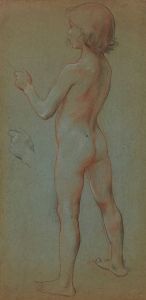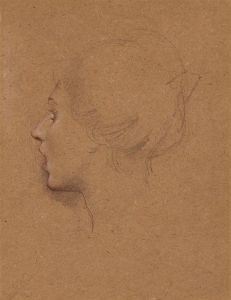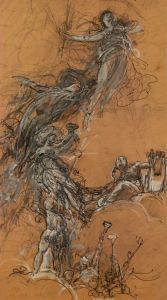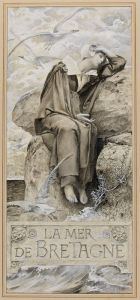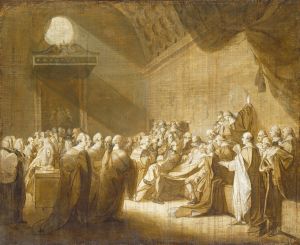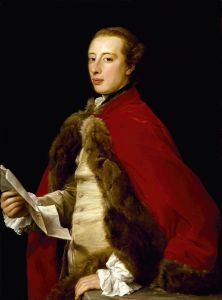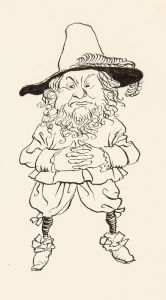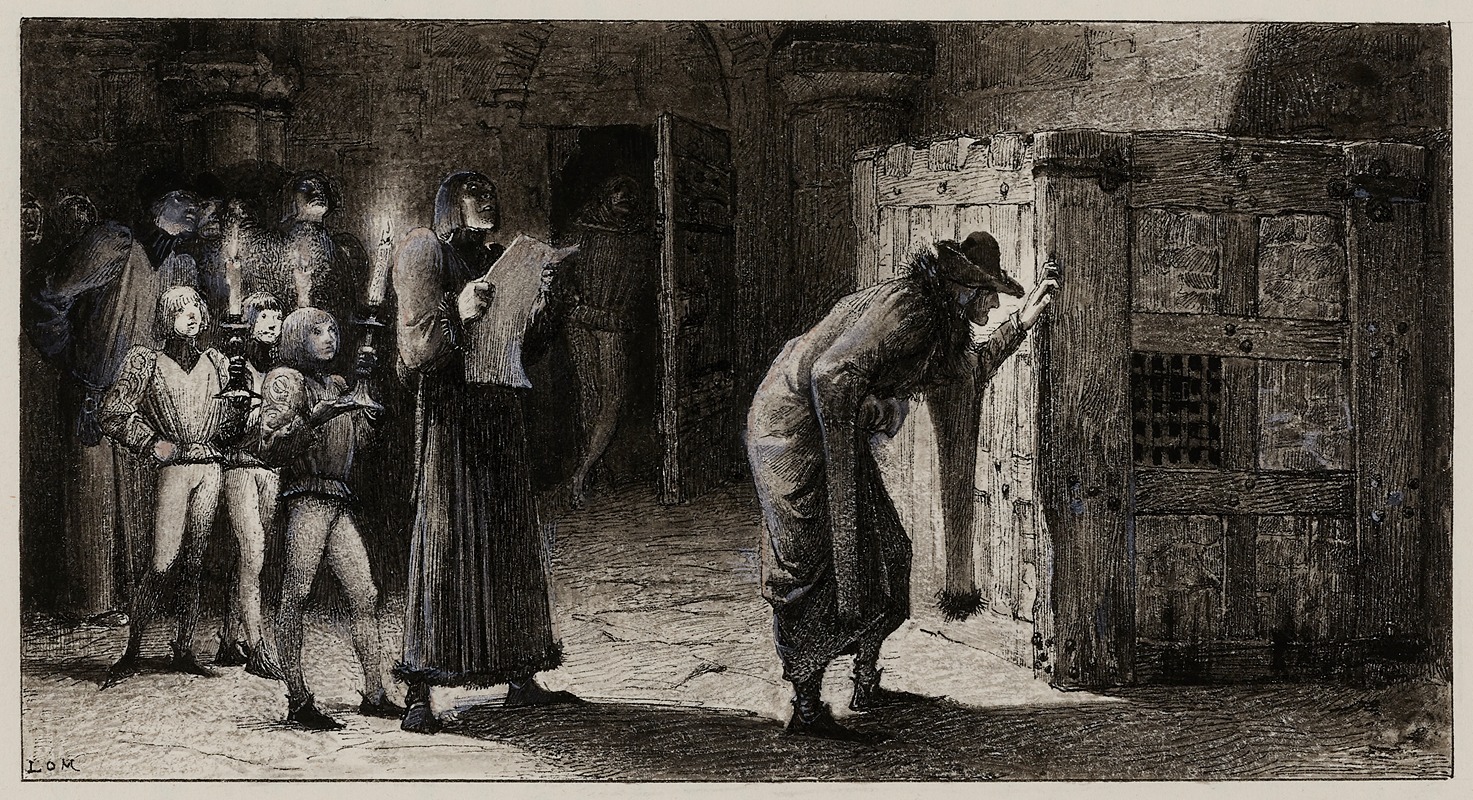
Le retrait où dit ses heures monsieur Louis de France
A hand-painted replica of Luc-Olivier Merson’s masterpiece Le retrait où dit ses heures monsieur Louis de France, meticulously crafted by professional artists to capture the true essence of the original. Each piece is created with museum-quality canvas and rare mineral pigments, carefully painted by experienced artists with delicate brushstrokes and rich, layered colors to perfectly recreate the texture of the original artwork. Unlike machine-printed reproductions, this hand-painted version brings the painting to life, infused with the artist’s emotions and skill in every stroke. Whether for personal collection or home decoration, it instantly elevates the artistic atmosphere of any space.
Luc-Olivier Merson was a notable French painter and illustrator, recognized for his contributions to the Symbolist movement in art during the late 19th and early 20th centuries. His works often depicted historical, religious, and allegorical themes, characterized by meticulous detail and a distinctive style that combined elements of realism with imaginative and symbolic content.
One of Merson's works, titled "Le retrait où dit ses heures monsieur Louis de France," reflects his interest in historical and religious subjects. The title, translated to English, refers to a scene involving Louis of France, possibly suggesting a moment of prayer or retreat. Merson's ability to convey narrative through his paintings often involved a deep understanding of the historical context and a skillful portrayal of the characters involved.
Merson was born in Paris on May 21, 1846, and was educated at the École des Beaux-Arts, where he studied under the guidance of artists such as Gustave Chassevent-Bacques and Isidore Pils. His artistic career was marked by a series of successes, including winning the prestigious Prix de Rome in 1869, which allowed him to study in Italy. This experience greatly influenced his artistic development, exposing him to classical art and Renaissance masters, which would later inform his own style.
Throughout his career, Merson exhibited regularly at the Salon, the official art exhibition of the Académie des Beaux-Arts in Paris. His works were well-received, earning him critical acclaim and several awards. Merson's paintings often featured religious iconography, and he was known for his ability to blend historical accuracy with a sense of mysticism and spirituality.
In addition to his paintings, Merson was also a prolific illustrator, contributing to various publications and creating designs for postage stamps and banknotes. His versatility as an artist extended to theater, where he designed sets and costumes, further showcasing his wide-ranging talents.
"Le retrait où dit ses heures monsieur Louis de France" exemplifies Merson's skill in capturing the essence of a historical moment, using his artistic prowess to bring the scene to life. While specific details about this particular painting are limited, it is consistent with Merson's broader body of work, which often explored themes of devotion, introspection, and the intersection of the divine and the human experience.
Merson's legacy as an artist is marked by his contributions to the Symbolist movement and his ability to convey complex narratives through his art. His works continue to be studied and appreciated for their technical excellence and the depth of their thematic content. Luc-Olivier Merson passed away on November 13, 1920, leaving behind a rich body of work that continues to inspire and captivate audiences.





